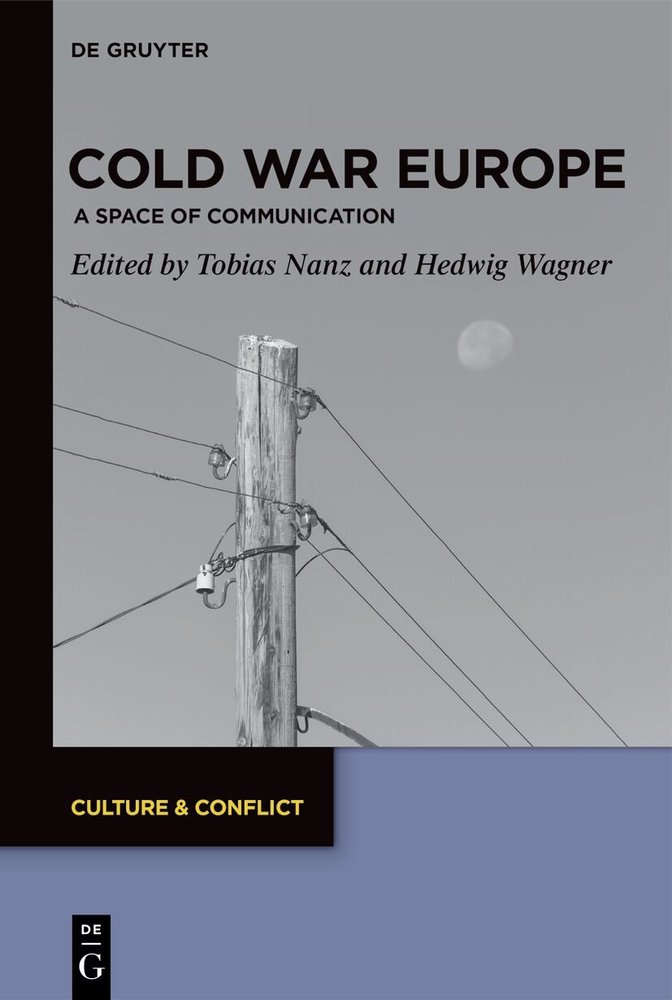The Cold War is often stereotypically depicted as a period of complete separation between Eastern and Western Europe, a time of little communication and exchange between what is often called the "Eastern bloc" and the capitalist West . European integration, it is thought, was a Western project based on exclusively Western ideas. This edited volume aims to debunk this stereotype. It provides evidence for the numerous media and individuals that contributed to the circulation and exchange of ideas across the ideological divide of the Iron Curtain. The essays in this volume discuss the official and unofficial channels of communication between the Eastern bloc and the West as well as the complex networks of transmission and reception that enabled the exchange of ideas between the two. The first part of the volume examines the communication infrastructure of the Cold War and the role of then available communication technologies. The second hones in on how different media channels, and the radio in particular, were used to form and transmit ideas between East and West, whereas the third and final part looks at how individual artists and literary authors made their voices heard across the Iron Curtain.


